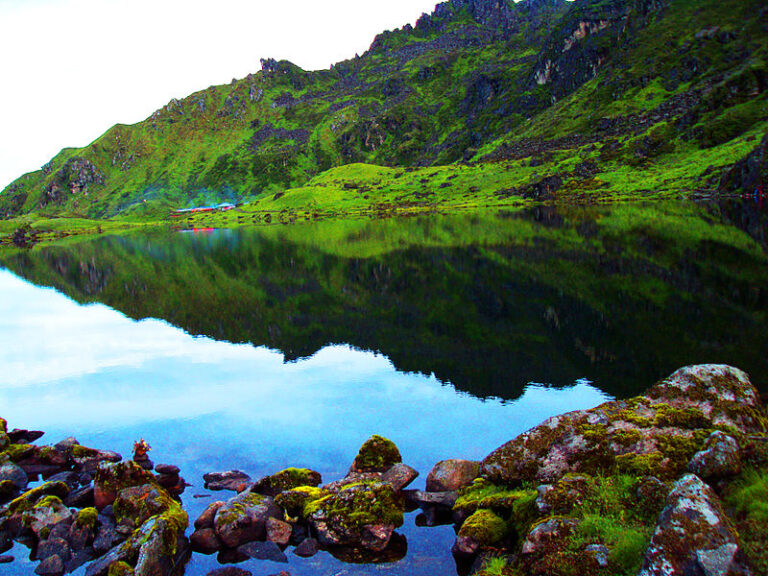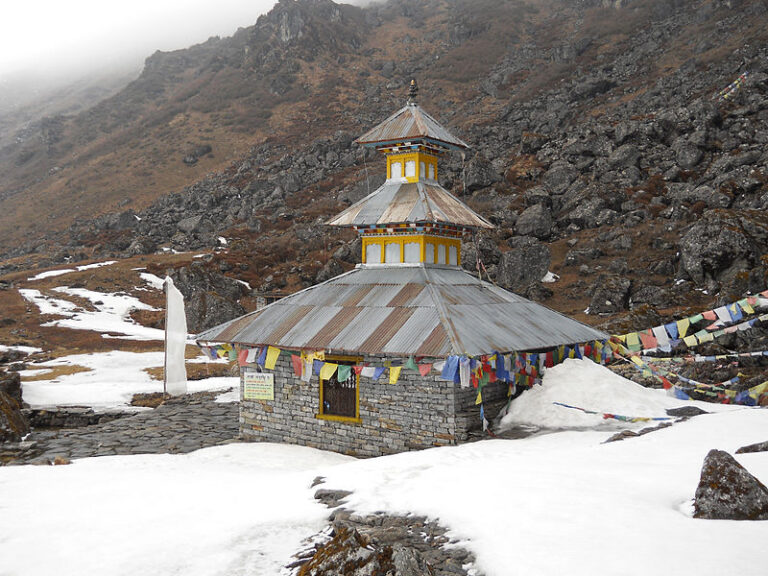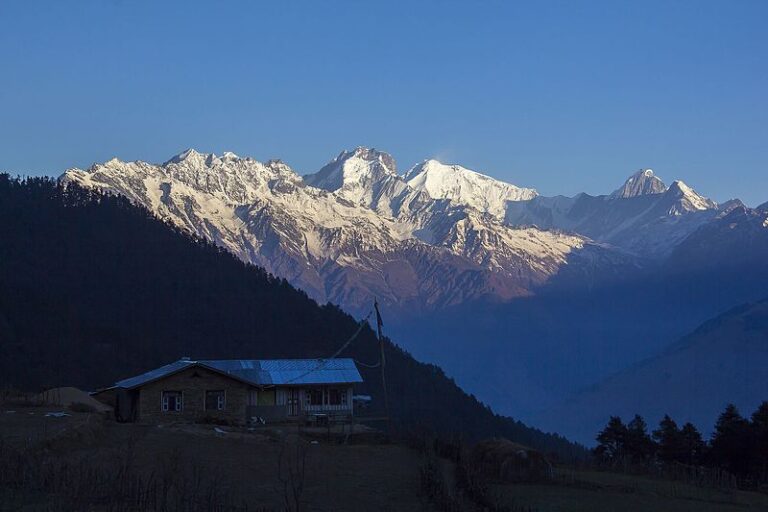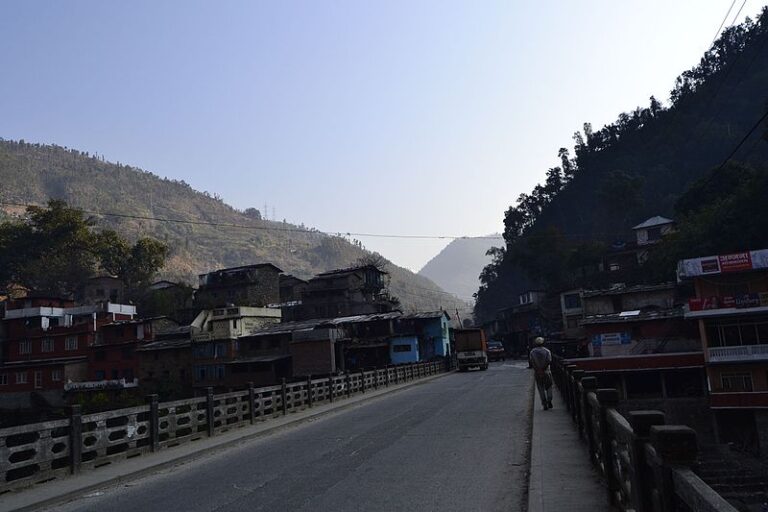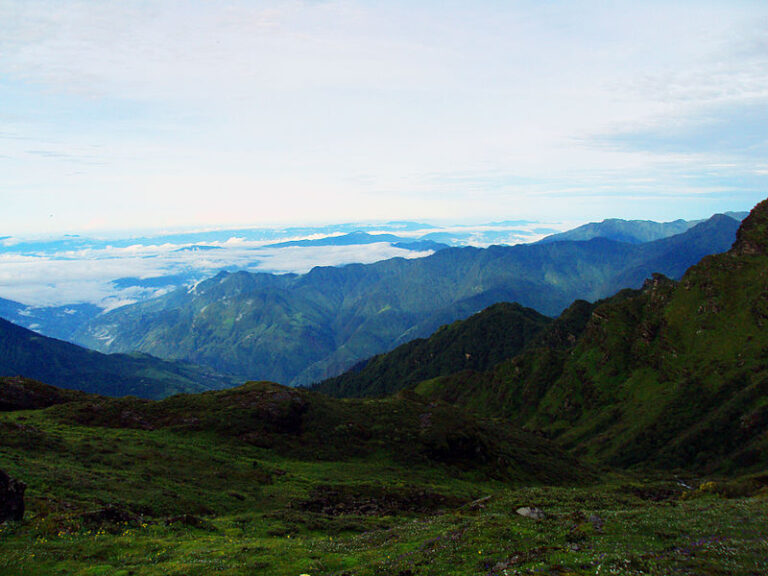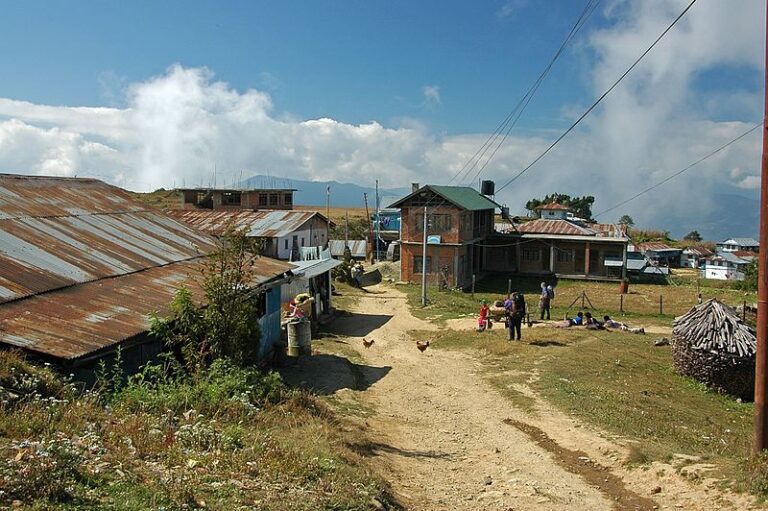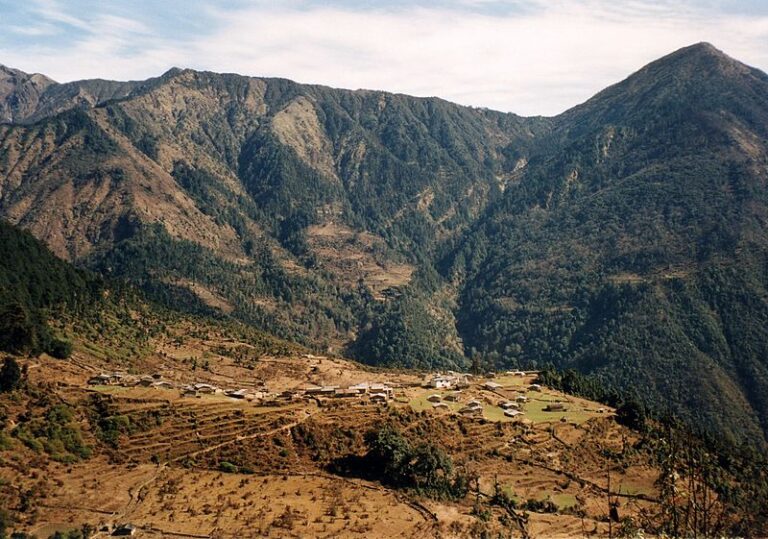Bhairab Kunda trek is classified as a spiritual trekking route of Nepal; which is located northeast of Kathmandu valley, closer to the boarder of Nepal and Tibetan. Bhairab Kunda Lake is one of the holy Lake and dedicated to Lord Bhairab (Destructive from the Lord Shiva) and the Hindu pilgrims pay their respect to the Bhairabnath and Shiva every full moon day of August.
The Bhairab Kunda trekking trail start from Jalbire village, 5 to 6 hours scenic drive from Kathmandu and passes through the beautiful villages rewarding by stunning mountain views called Langtang Lirung 7227 m, Ganesh Himal 7073m, Dorje Lakpa 6979m, Langsisha 6560m, Paldor 5903m, Rolwaling 7180 meters and as well as far view of Annapurna, Dhaulagiri, Manaslu and Jugal mountain ranges.
Beyond the high mountain views, the Bhairab Kunda trekking trail commands to the trekkers to see magnificent views of River valleys, wide meadows, gigantic pastureland, waterfalls, huge rocky hills and green forest of Pine, Oak, Silver-birch, Juniper, bamboo, Rhododendron and Magnolia. Due to walk through the forest; the trekking route also purpose to see some of the wildlife such as Musk deer, monkeys, Himalayan Thar, Blue sheep and many specious of birds and butterflies.
The low region of Bhairab Kunda trek is inhabitant by the Brahman and Kshetri; which are well known as high castes and Hindus of Nepal so trekkers get chance to visit some the Hindu shrines, temples and sacred places and the higher region is covered by Tamang and Sherpa people; and practicing Buddhism so trekkers will explore some of the old monasteries, colorful people, traditional villages, enigmatic yaks and hundreds of Mani walls, Chortens and Kani gates.
“The jewel is in the lotus or praise to the jewel in the lotus”
– The Dalai Lama –

OM MANI PADME HUM, is a famous Buddhist Mantra, often carved in stones and placed where people can see them. It means that through practice, you can transform your impure body, speech and mind into the pure body, speech, and mind of a Buddha.
